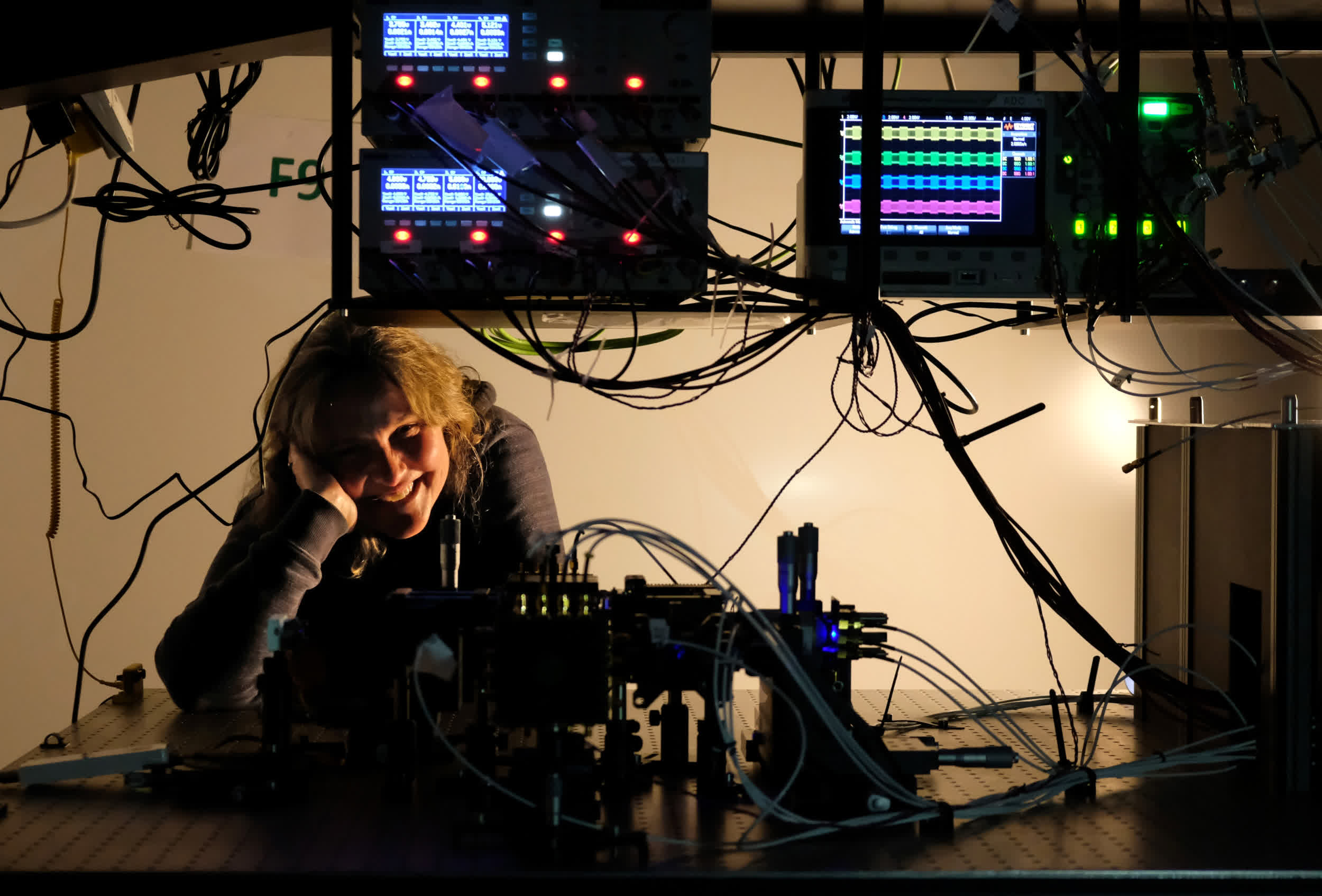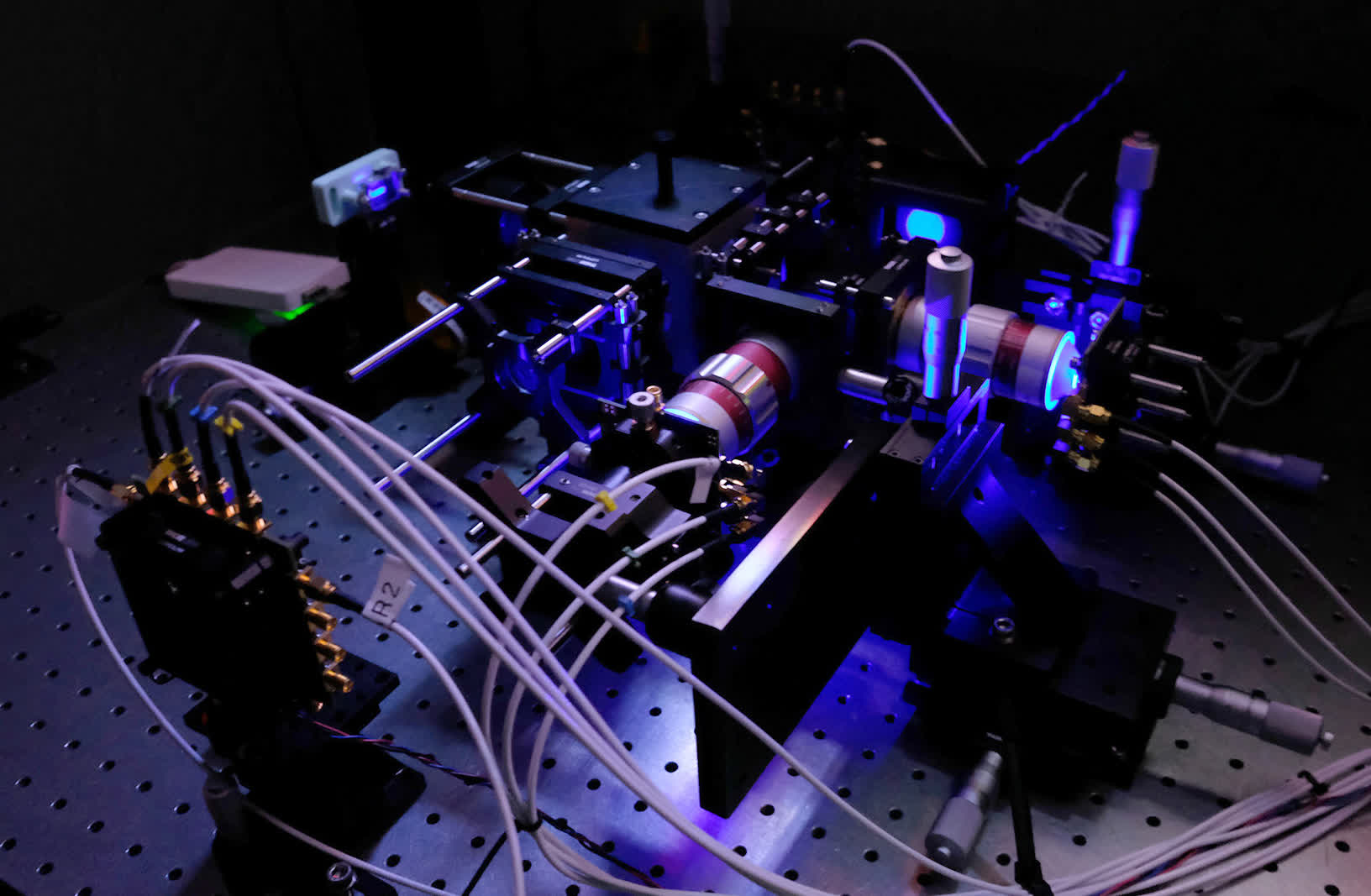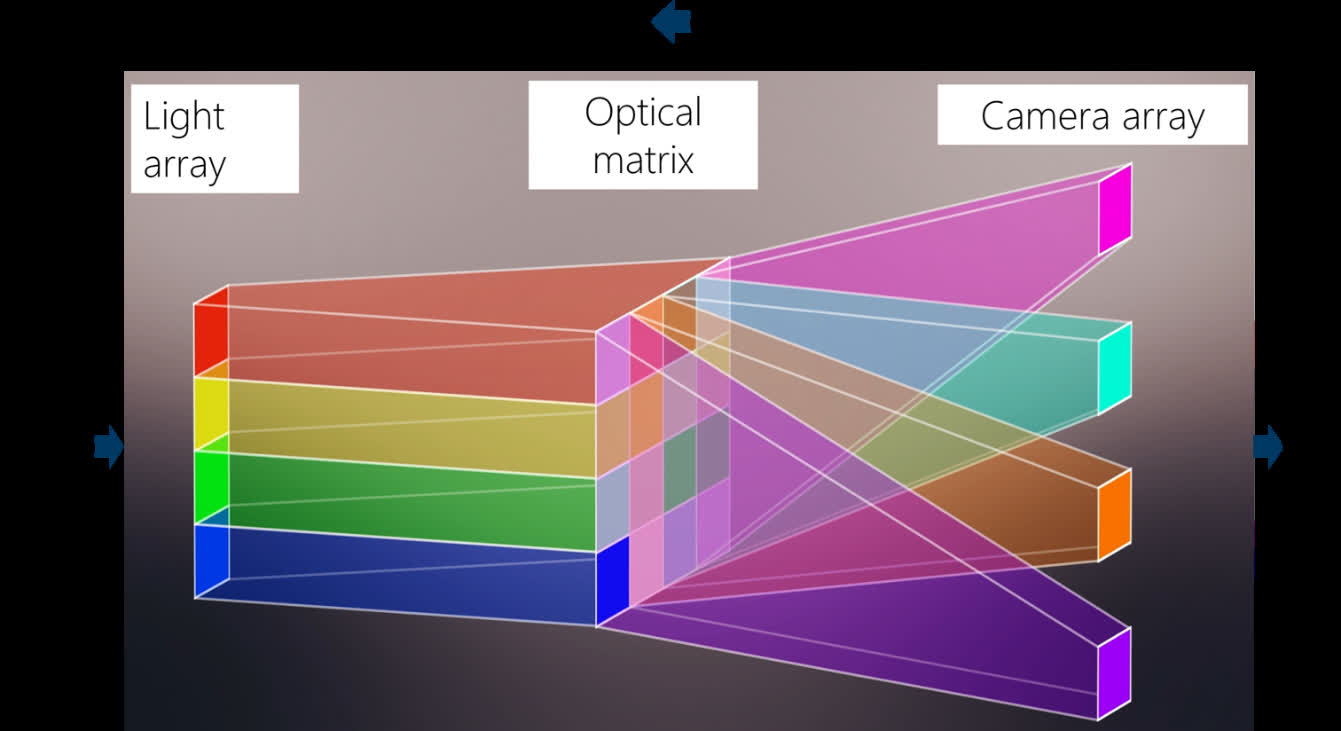Forward-looking: Microsoft is working on a novel, future-proof computer design that could sidestep Moore's law. The system, known as Analog Iterative Machine (AIM), is an analog optical machine that uses photons and electrons to directly solve complex mathematical problems with no need for transistors and data crunching operations in binary format.

Microsoft's AIM isn't exactly a computer, at least in the traditional sense, as it doesn't use bits or bytes to process data and make calculations. But it's already shown potential for surpassing state-of-the art digital (silicon-based) technology or even the most powerful quantum computers being designed right now.
The AIM machine is built using commodity opto-electronic technologies that are low-cost and scalable, Microsoft says, and is based on an "asynchronous data flow architecture" which doesn't require data exchange between storage units and "compute locations."

AIM isn't designed for general purpose computing tasks, though. The analog optical computer is useful to solve difficult "optimization problems" like the well-known travelling salesman riddle, Microsoft says, which are at the heart of many, math-intensive industries including finance, logistics, transportation, energy, healthcare, and manufacturing. When it comes to crunching all the possible combinations of an exponentially growing problem, traditional, digital computers struggle to provide a solution in a "timely, energy-efficient and cost-effective manner."
AIM was conceived to address two simultaneous trends, Microsoft explains, which are sidestepping the unraveling of Moore's Law and overcoming the limitations of specialized machines designed for solving optimization problems. Unconventional hardware-based approaches have a limited range of practical applications, Redmond states, while the cutting-edge algorithmic advancements used by AIM can tackle a larger range of optimization problems.

AIM works at the speed of light, and it seemingly provides a 100x increase in performance compared to the most advanced digital approaches available today. For now, AIM is still a research project with limited access for potential customers. The machine, however, is already being tested by UK financial company Barclays, which is using it to track transactions of money into stock purchases. A cloud-based service that simulates the AIM algorithm on a "performance GPU" will also be available soon.